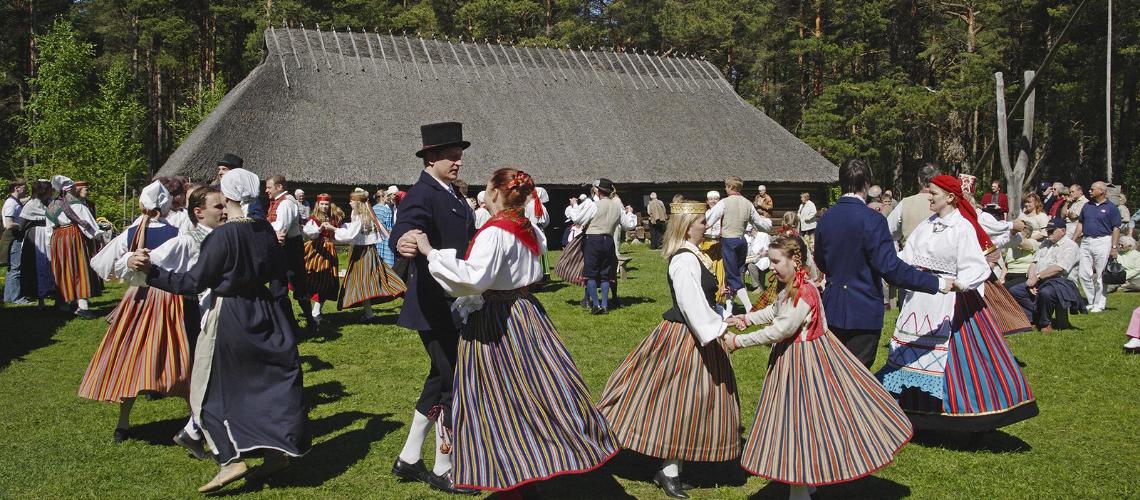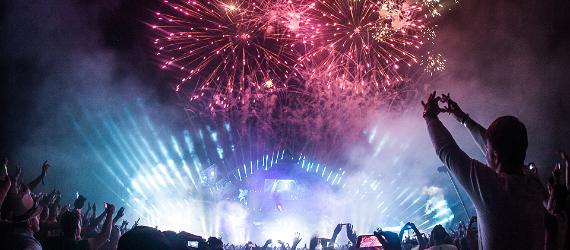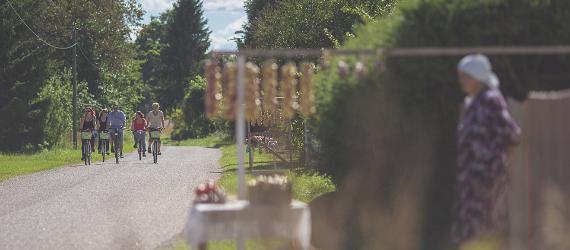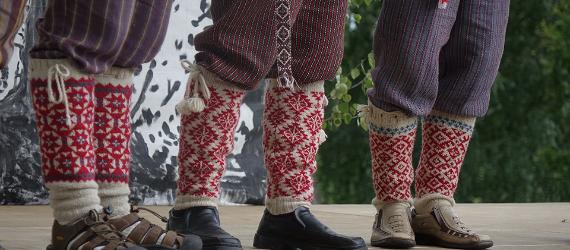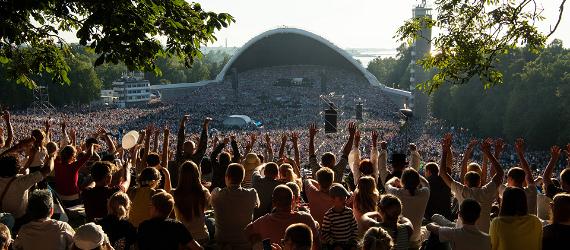At song and dance festivals across the country, patterned skirts twirl and nimble, slipper-clad feet soar through the air to the melody of Estonian folk songs. The colourful outfits are designs from a traditional past.
Beauty in the details
Estonia's historical national clothes resemble those of many European regions in their basic form; linen shirts, woollen skirts for women, trousers for men, knit socks, embroidered accessories and beads. The ornate national clothes were only donned on special occasions like weddings and festivals, while everyday attire was functional and unadorned, suited to agricultural life.
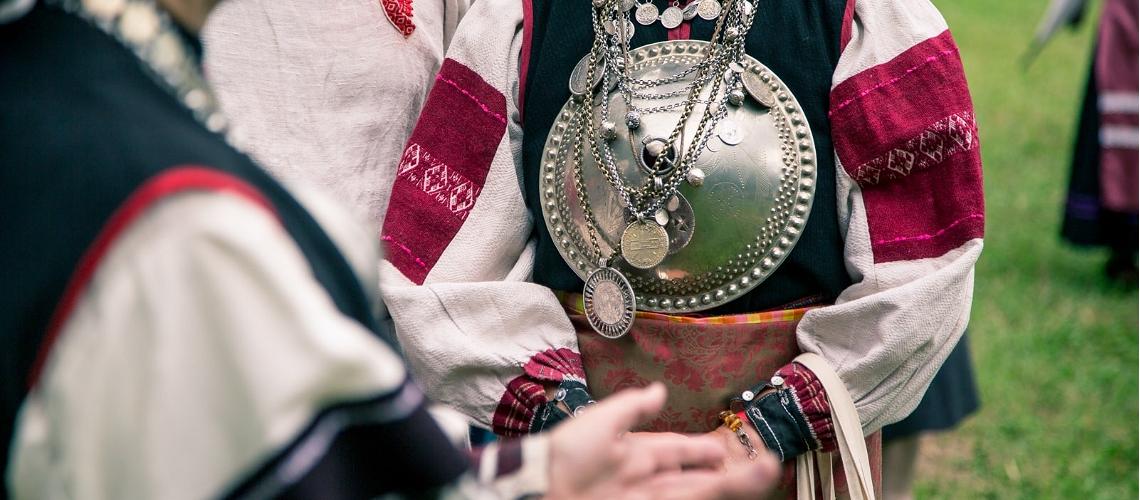
A display of craftsmanship
A Seto woman wears a large, conical brooch and necklaces typical of Setomaa.
Photo by: Kaspar Orasmäe
What makes these outfits special is the meaning behind each detail of their decorations. Every corner of Estonia has its own costume colour scheme and sequence of stripes used in the woven skirts. Married women could be differentiated from bachelorettes by their covered hair and aprons. Glass or stone beads were worn for good health, and in the Seto region of southeastern Estonia, a bride wore at last two kilograms of silver jewellery around her neck at her wedding. Brooches and gloves were believed to protect the wearer from spirits. In the Halliste region, men wore their stockings backwards when going to sow flax seeds so the crop wouldn't fail.
Fine festival attire
Folk costumes were not worn during the Soviet era, as they were symbols of national pride, but experienced a resurgence since independence in the 1990's. Today, you'll only see Estonians in traditional outfits during special occasions like graduations, national holidays and at cultural festivals, with the exception of Setomaa and the island of Kihnu, where they remain a part of daily life. Folk outfits can be special ordered from craftsmen, but are costly and take months to prepare. Some people still make the pieces themselves and handicraft courses are offered on the topic, but this is a long process requiring skill and patience.
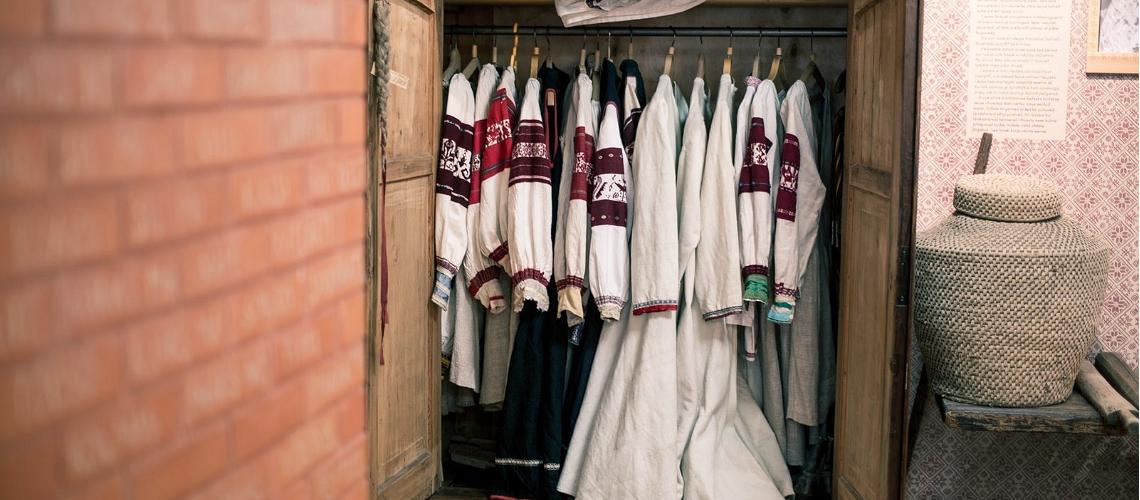
Hand embroidery
Originally, roots and herbs were used to dye linen and wool fabrics to achieve rich colours like red.
Photo by: Kaspar Orasmäe
Finding national clothes and souvenirs
Since folk costumes are not worn on a regular basis in most of Estonia outside of festivals, visiting an exhibition is a great way to see the clothes up close. Check out the Estonian National Museum in Tartu, Heimtali Museum of Domestic Life in Viljandi, Estonian History Museum or Open Air Museum, both in Tallinn. If you would like to take home a piece of Estonian handicraft without committing to an entire costume, look for contemporary souvenirs from local artists that incorporate traditional elements like stripes or lace.
The following shops feature local designs:
- Estonian House and the Handicraft shop at the Open Air Museum, Tallinn
- Disainimaja, Tartu
- Eestietno.ee studio shop, Pärnu
- Viru handicraft showroom, Rakvere
- Kihnu's own handicraft shop, Kihnu
Sources and further reading: Estonica.org, Eestikultuurist















